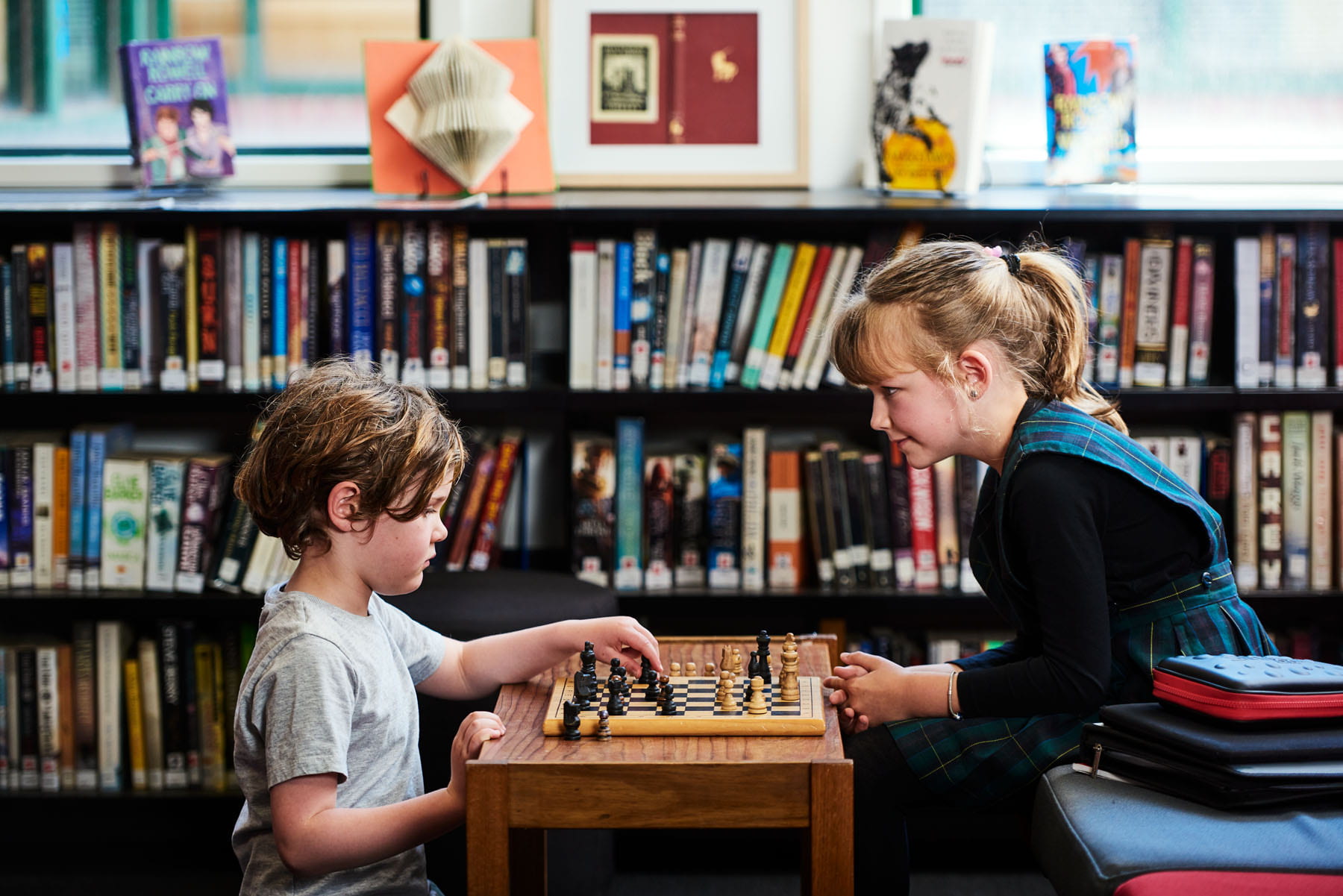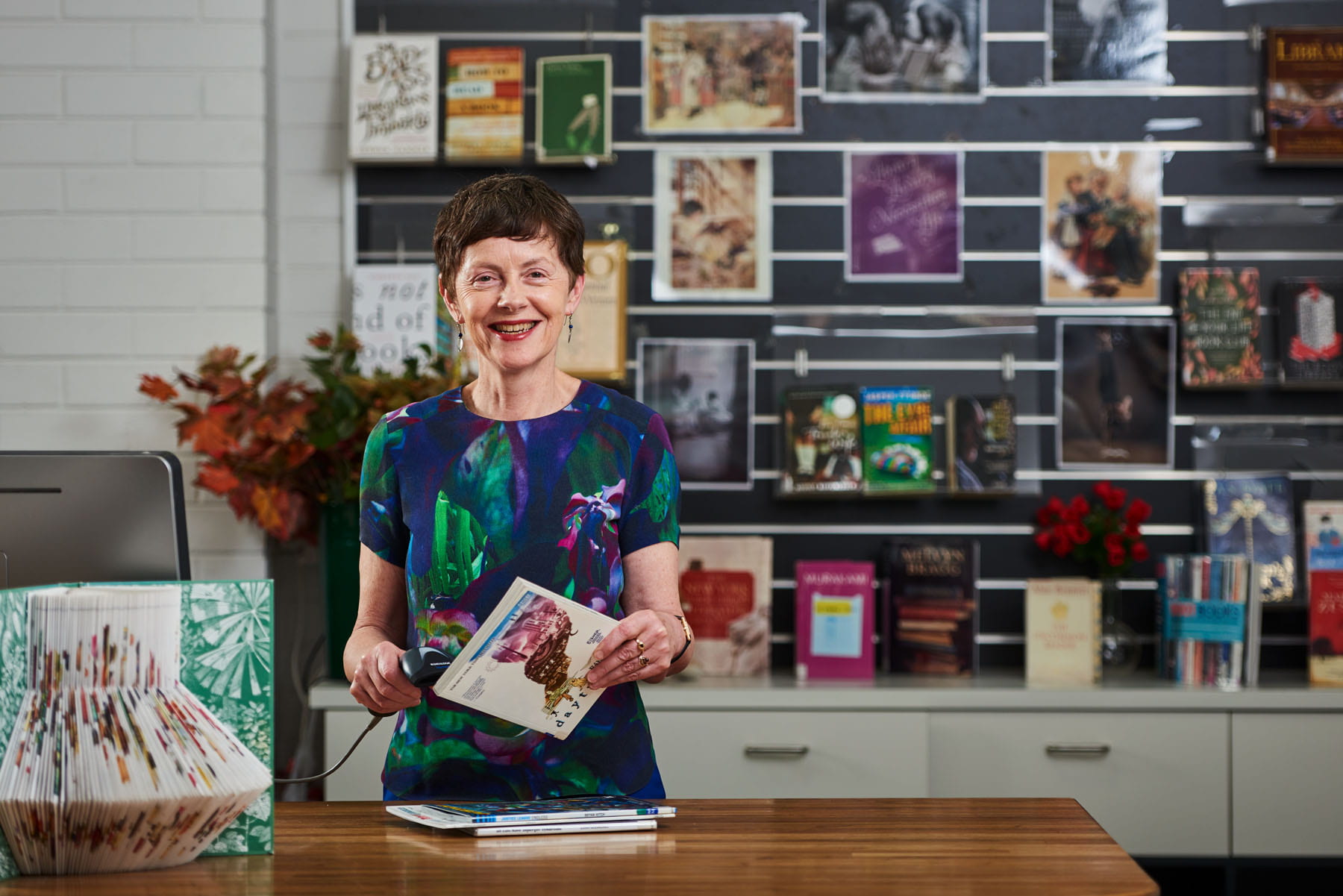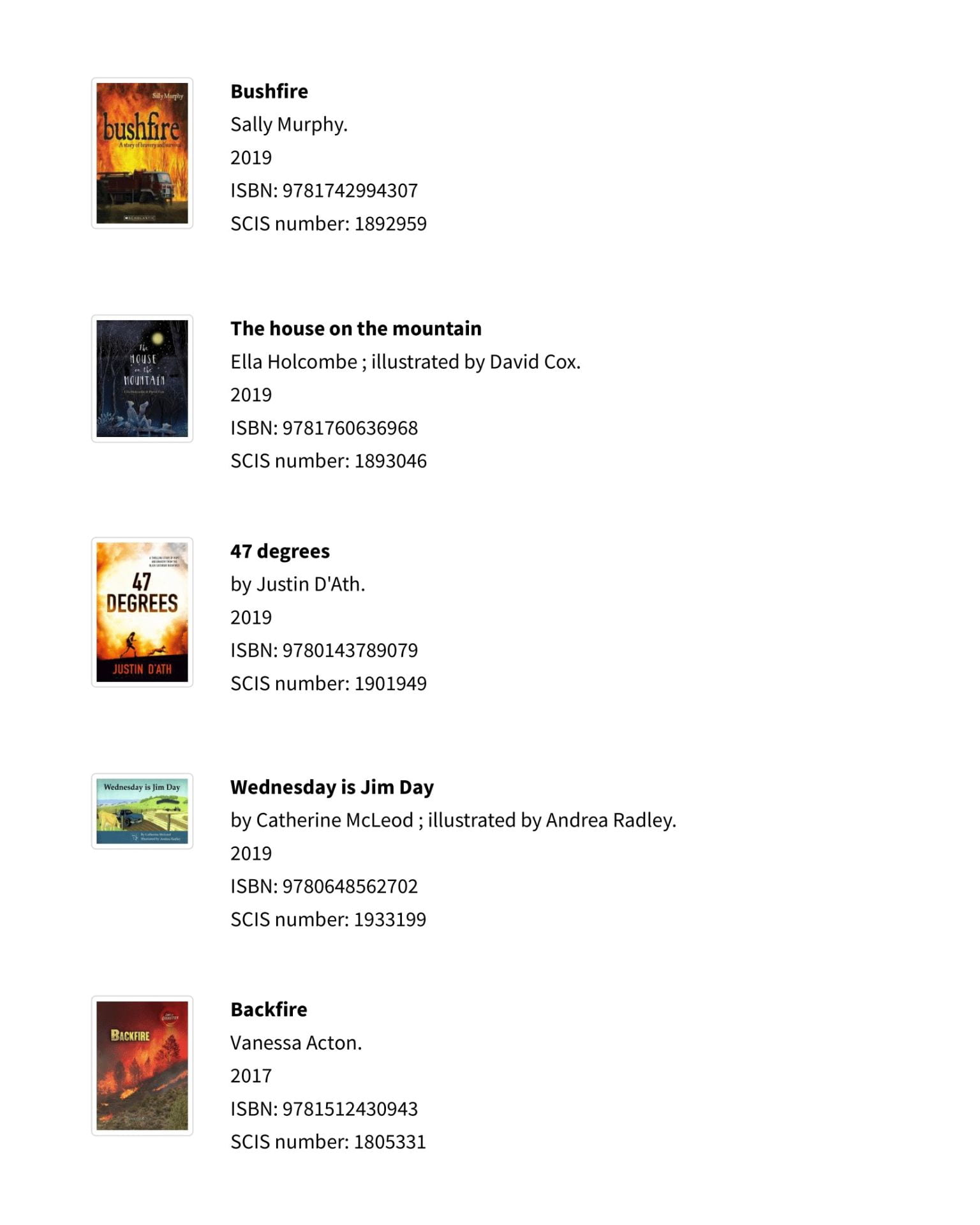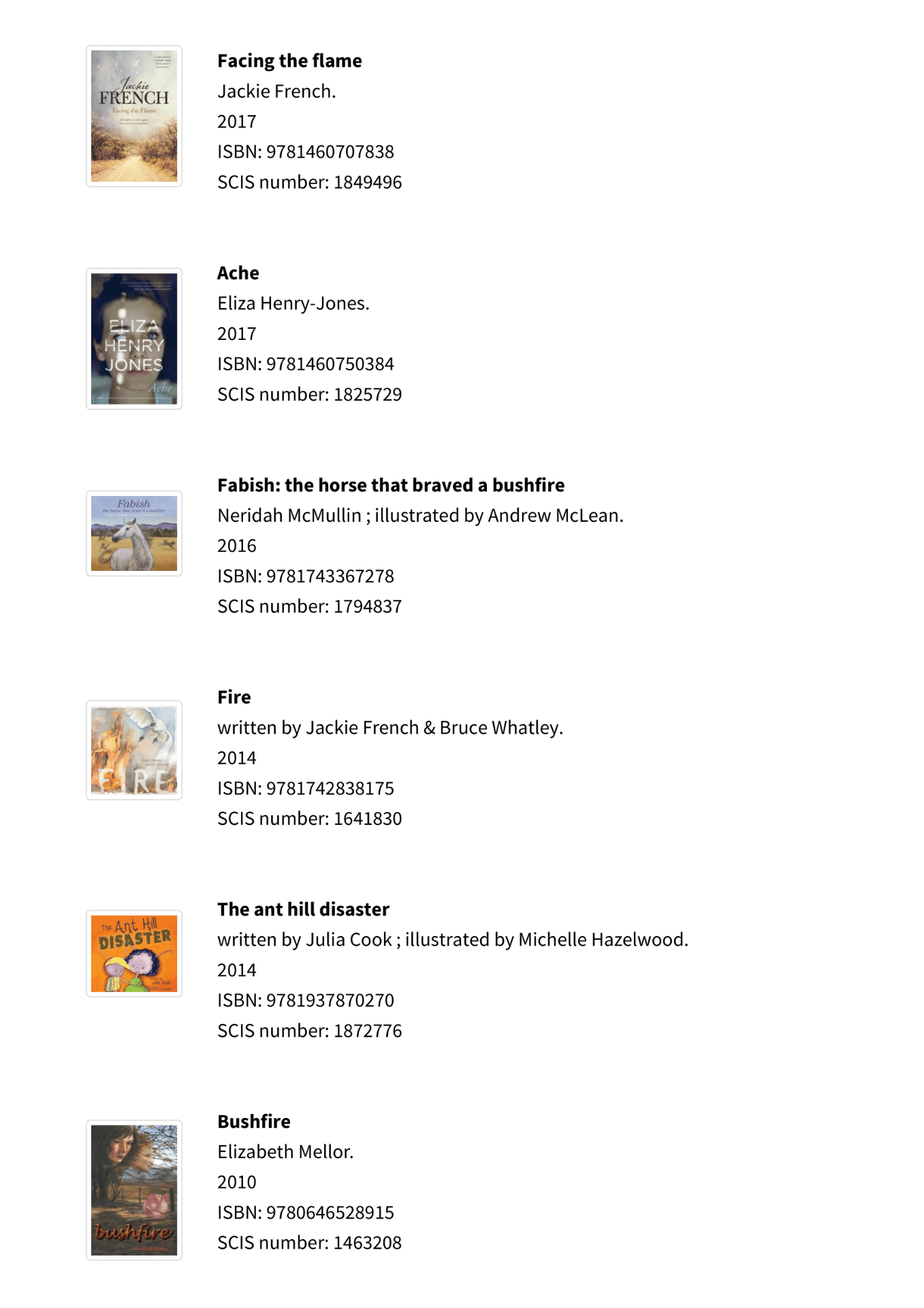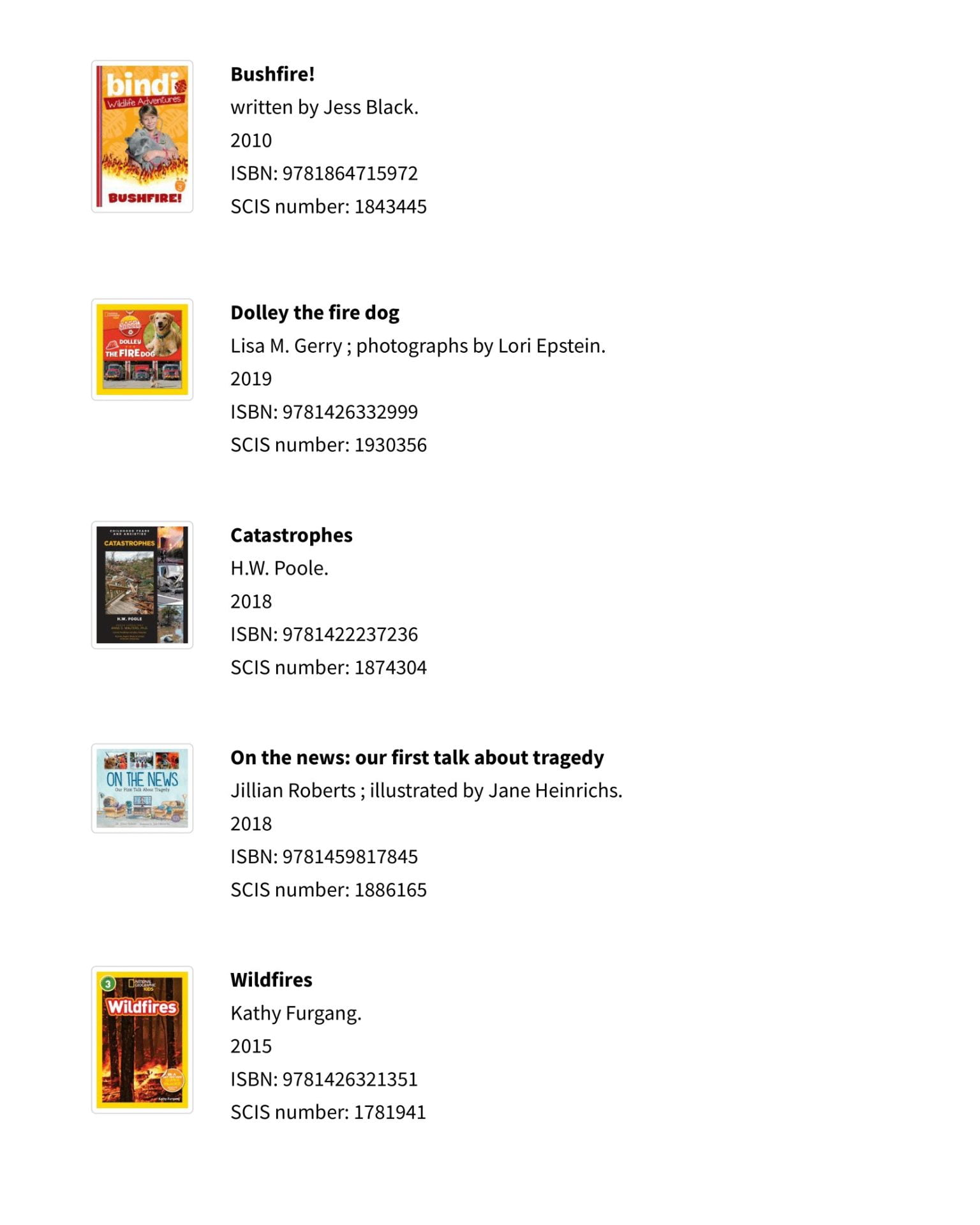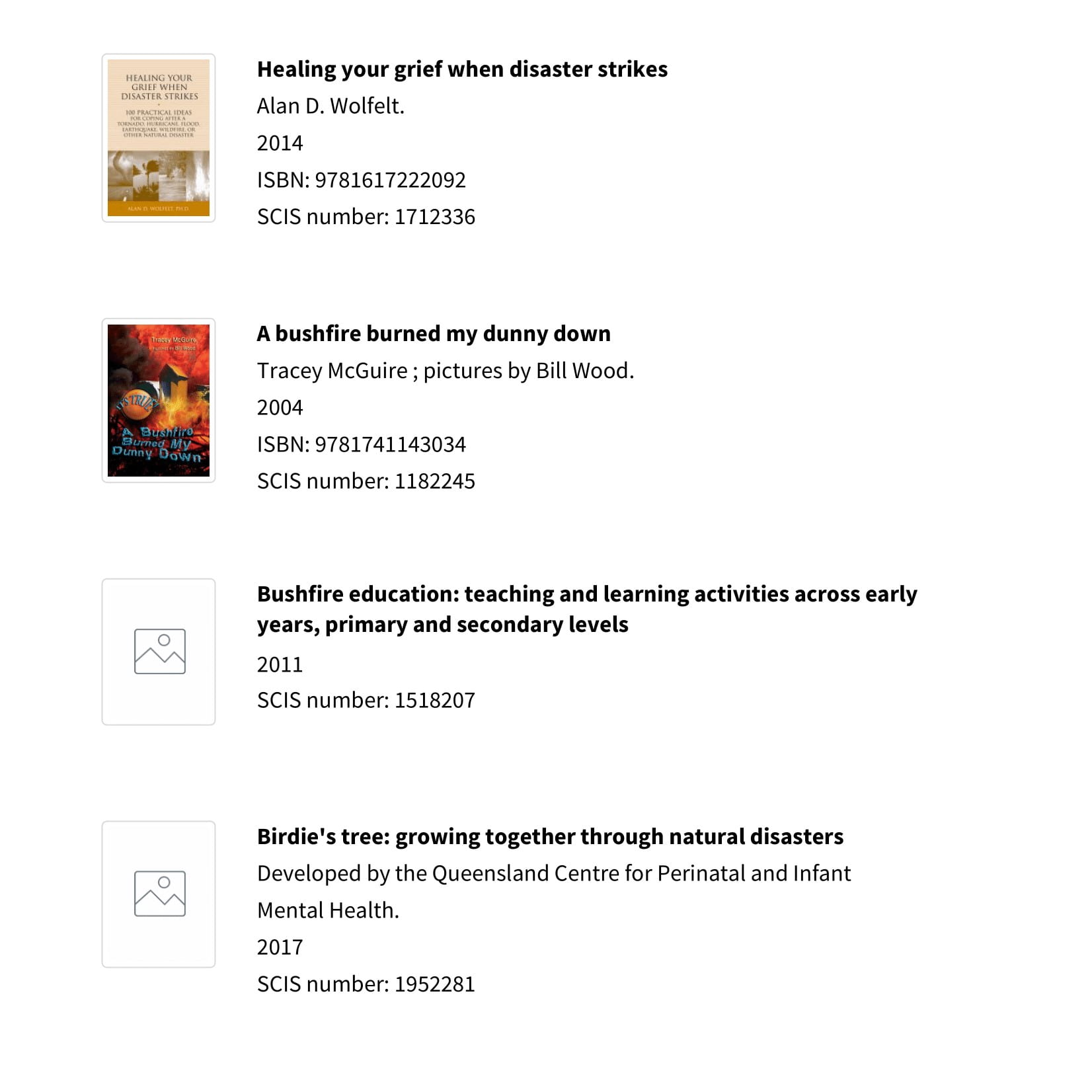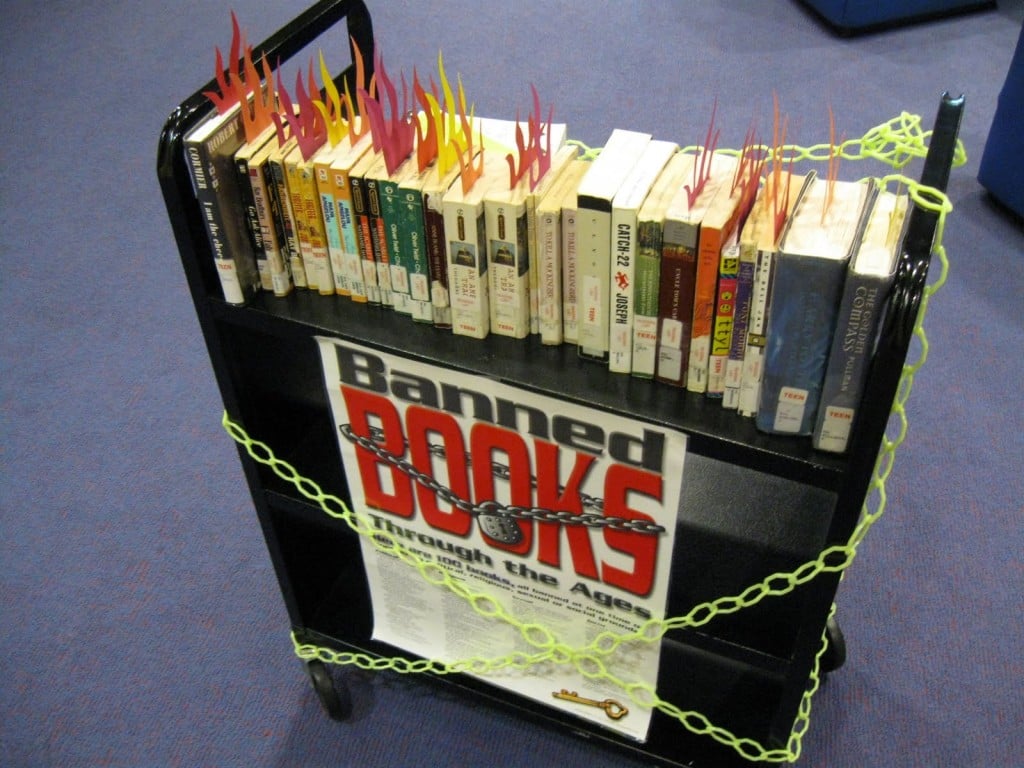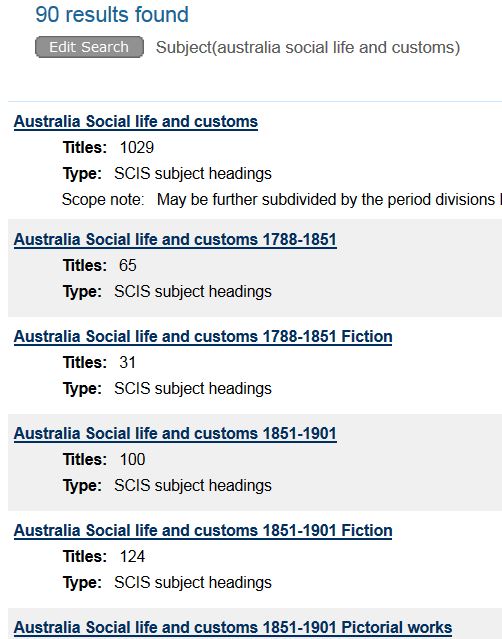“The school library is essential to every long-term strategy for literacy, education, information provision and economic, social and cultural development.” – School Library Manifesto
Welcome to the world of the school library and lesson 1 of the SCIS short course! This lesson was created for new school library staff but is perfect for library staff that would like a refresher. Focusing on collection curation and cataloguing, we will help you get started in organising the resource offerings of your library.
Running a school library is a challenging yet rewarding role. You are about to take on the responsibility of developing and nurturing inquisitive young minds, preparing them to become open-minded adults with an appreciation for what a library has to offer.
No longer is the library just a room with books. Librarians do not read books all day — they don’t have the time. And walking around shushing users is no longer the done thing.
Today, a library is a place for both research and leisure. It is where reliable information and works of imagination can be freely accessed and enjoyed by all. Library users have the opportunity to encounter diverse ideas and cultures all in one place. For school students, many of whom have limited chance to travel, the school library provides a safe environment from which they can have a window to the rest of the world and the wider society.
As the person who runs the school library, you are here to inspire students; equip them with the skills for research and enquiry; help them develop and sustain love and enjoyment of reading and learning; and teach them to evaluate and use information in all forms, formats and mediums. By the time your students graduate, they should have the information literacy skills needed to locate relevant and reliable information in order to be effective problem solvers and high functioning creators.
First steps
Have a look at your library. What is the current state of your library?
- The collection – is the content relevant? Are the resources being used?
- The literacy programs – are there any? If so, are they effective? Are the students engaged?
The best way to gauge this is to obtain feedback from your school community. Talk to the teachers and students. Ask them how they view and use the library. Perhaps even run a survey.
You may find that your library is well used and considered to be a valued space. In that case, excellent. The question then becomes: how do you maintain and improve the library’s sense of value within the school community so that it continues to remain well regarded?
Alternatively, you may find that your library is underused and undervalued. In this case, it is even more critical to seek insight from teaching staff and students to learn where the library has come up short. Ascertain what should be done to bring your library closer to where it needs to be. The goal here is to work towards making the library a tool that contributes to student learning and teacher success, as well as providing a space that members of the school community can use for enjoyment.
Overall, the main activities that create value for your school library are collection curation, literacy programs, support for teaching staff and students, and advocacy for your library by engaging with school management and administrators, parents, and the wider school/school library community.
Things to consider
Collection management policy
When you first assess your library, the collection should be part of this evaluation. It will be helpful to check whether the library collection is based upon the curriculum and needs of your school; and whether it reflects the interests of the school community as well as the wider educational community. The library collection should show diversity, with works created domestically and internationally, and covering a wide range of themes. A collection development policy documents how the library will meet these objectives. We will discuss this further in lesson 2.
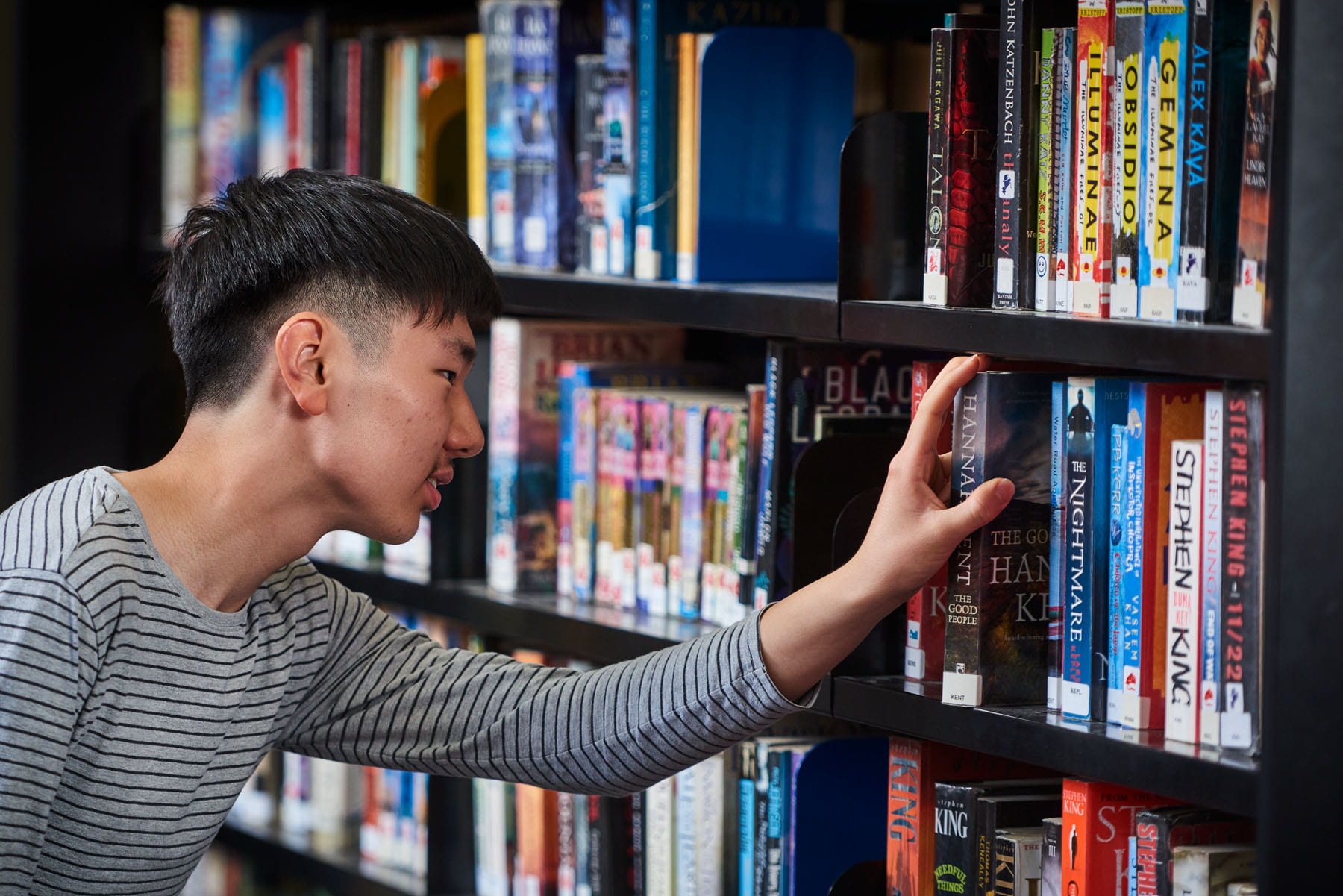
Resources
In addition to books, resources can come in a variety of formats including digital media such as websites, apps and ebooks. Each user’s need is different and a variety of formats ensures that the wider audience is catered for.
Tip: Include educational websites as part of your collection! They do not take up physical space and the only cost involved is the time taken to add them to your library catalogue. Depending on your library catalogue, resources like this can even be accessed 24/7.
Not to be forgotten, your school library is also a place for enjoyment and so materials for that purpose should be included in the collection. Your students should be consulted for this as they make up the majority of your users. While you perform research into their interests and culture, it is also a great opportunity to improve their engagement with the library.
Engaging spaces
Have a look at how your resources are placed in the library. Think about the steps your users would take to locate a resource and assess whether the current layout flows naturally in accordance with these steps. At the same time, your school library should also feel inviting. Its physical space and appearance should attract your users to visit even when they have no particular need. Ideally, there should be areas for the collection, quiet study and research, group study, informal reading, instruction, and library administration. Take into consideration lighting and display. Of course, drastically changing the layout of your library when you are just starting out is not really recommended, however it is possible to make small adjustments here and there with these requirements in mind. Sometimes one colourful display can make all the difference.
Activity
Create a survey for teachers and students to complete. This is a great way to gauge how the school library is currently viewed. Examples of questions to ask include:
- How often do you come into the library in a week? Exclude the times when you come in because lessons are held here.
- Do you usually find what you’re looking for when you come into the library?
- What do you usually do when you come into the library?
- Complete this sentence: The library is__________________.
- What improvements would you like to see in the library?
Conclusion
So, now we’ve covered the basics of a school library, and how it can become a valuable space for educators and students — if it isn’t already. We’ve provided you with some simple steps you can take right now, to assess your library, and start making those small changes to bring your library closer to where it needs to be. In lesson 2, we’ll look at your collection and how you can create a collection policy. We’ll also discuss sourcing and acquisition, weeding, and stocktake.
References
- International Federation of Library Associations 2015, IFLA School Library Guidelines, https://www.ifla.org/files/assets/school-libraries-resource-centers/publications/ifla-school-library-guidelines.pdf
- IFLA/UNESCO School Library Manifesto 1999, https://www.ifla.org/publications/iflaunesco-school-library-manifesto-1999
Further reading
- Schultz-Jones, B. & Oberg, D. 2015. Global action on school library guidelines. The Hague, Netherlands: De Gruyter Saur.School library guidelines (n.d.) Hobart: Libraries Tasmania. https://libraries.tas.gov.au/school-library/Pages/school.aspx

